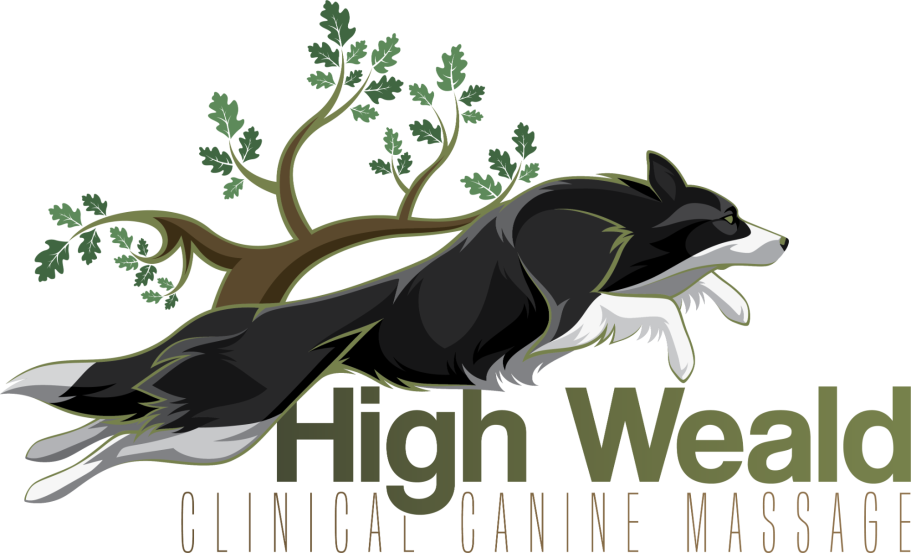Arthritis
Osteoarthritis is a degenerative joint disease which progresses slowly whilst causing inflammation around the affected joint. It is recognised by the “degeneration of the cartilage, hypertrophy of bone at the margins, and changes in the synovial membrane.” (Bland,2015)
Cause and progression
The exact cause of osteoarthritis remains widely unknown, however there are a variety of known factors which can contribute to the disease such as, a genetic predisposition, seen particularly larger breeds such as Rottweilers, Dogue De Bordeaux’s, and the Old English Sheepdog. Obesity, with studies showing “dogs that were above average weight for their breed were nearly 2.3 times more likely to be diagnosed with the condition” (Guthrie, 2018), preexisting orthopaedic conditions, repetitive trauma to the joints caused by inappropriate activity (e.g., constantly chasing after a ball) or the living environment (e.g., slipping on laminate flooring), trauma to the joints caused by surgery or an injury, as well as the condition being recognised as part of the aging process.
Osteoarthritis is a slowly progressive disease which begins by affecting one or more joints but soon affects other areas of the body as the dog begins to move their weight off the painful joint and overcompensates with their other limbs. This not only causes further pain in the muscles and joints which are working harder to support the dog’s weight but also contributes to dysfunctional muscle, tendons, and ligaments around the affected joint due to lack of use. With dogs like Staffordshire Bull Terriers who have little coat and generally large muscles, an owner may visibly see muscle atrophy around the joint.
Over time as the dog becomes weaker and the level of pain increases, their willingness to stand up or move will decrease, and their quality of life will require assessment.
Symptoms & Onset
It can be difficult to identify the chronic pain caused by osteoarthritis and therefore most owners may not notice the subtle onset of the disease until it has progressed to a stage where their dog becomes lame or vocalises their pain.
Having knowledge of the symptoms can help owners to identify whether their dog is beginning to suffer from osteoarthritis so that they can discuss this with their vet and get a diagnosis.
Some symptoms of osteoarthritis are;
- Changes in temperament (increased anxiety or lower tolerance of other dogs)
- Changes to their posture
- Increased noise sensitivity
- Taking longer to get up or lay down
- Reluctant to use the stairs or jump up
- The dog may be lame or limping
- A change in coat pattern
- Inability to settle
- Change in posture
- Having difficulty toileting
- Increased panting
- Reluctant to exercise
- Sleeping more
- Repeatedly licking a joint
- Asymmetrical nail wear
How massage can help
Massage can help by releasing restricted fascia, the associated trigger points and hypertonic muscles caused by overcompensation and muscle splinting.
Information sourced from
Bland, S.D. (2015) ‘Canine osteoarthritis and treatments: A Review’, Veterinary Science Development, 5(1), pp. 2–2. doi:10.4081/vsd.2015.5931.
Canine Arthritis Management (2023) Identifying the signs, Canine Arthritis Management. Available at: https://caninearthritis.co.uk/what-is-arthritis/identifying-the-signs/ (Accessed: 27 July 2023).
Canine Arthritis Management (2023) What causes arthritis?, Canine Arthritis Management. Available at: https://caninearthritis.co.uk/what-is-arthritis/what-causes-arthritis/ (Accessed: 27 July 2023).
Canine Arthritis Management (2023) What if I do nothing?, Canine Arthritis Management. Available at: https://caninearthritis.co.uk/what-is-arthritis/what-if-i-do-nothing/ (Accessed: 27 July 2023).
Lenton, N. (2016) Arthritis, Canine Massage Therapy Centre. Available at: https://www.k9-massage.co.uk/conditions/orthopaedic/arthritis/
Guthrie, A. (2018) New Study finds rottweilers most prone to osteoarthritis, VetSurgeon. Available at: https://www.vetsurgeon.org/news/b/veterinary-news/posts/new-study-finds-rottweilers-most-prone-to-osteoarthritis
